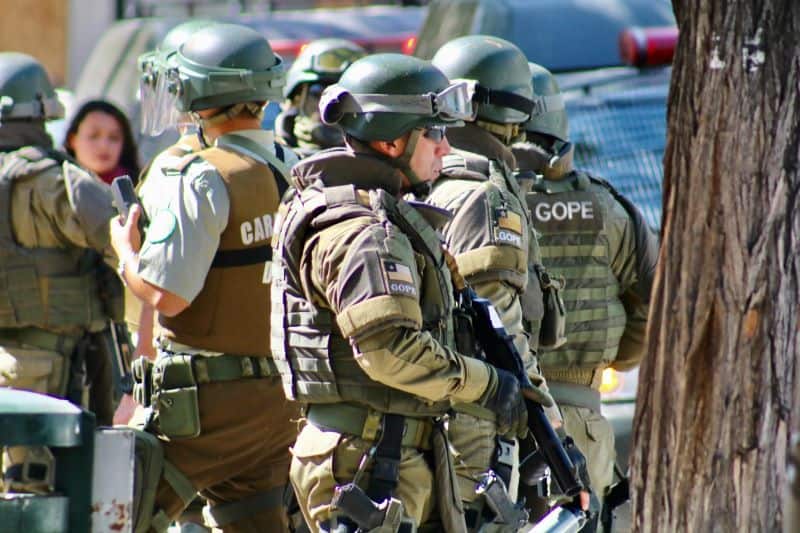Military and law enforcement often use Tasers as a less-lethal weapon or tactical gear. Other non-lethal weapons such as pepper spray and rubber bullets have become commonplace with law enforcement officers around the world.
For those who might not know, a taser is an electro-shock weapon. Known after its manufacturer, this tactical gear immobilizes suspects with a combination of gas propellant, electricity, and simple science. The two primary parts of a taser are the electrodes and the handle. There are four components in this main assembly: the trigger mechanism, grip, laser sights, and battery. On the other hand, we have the cartridge containing barbed electrical wires and gas propellant.
Only the batteries need to be replaced in the main assembly of the taser, which is re-usable. Batteries themselves are quite small and fit inside the grip. The Taser, despite its small size, generates 50,000 volts every five seconds when it is fired. The person on the receiving end of a Taser might think he is going to die because an Australian power socket delivers 240 volts.
Nevertheless, since the voltage is delivered in a quick and low-current application, and only on the skin and muscles, it substantially lowers the chance of death and injury. Tasers are not capable of killing a person, thus they are not lethal.
Gunpowder is ignited by the firing pin, and a powerful jet of compressed gas is released when the pin strikes the gas canister in a Taser. A Taser, on the other hand, does not fire high-speed gas out of the front. There are two separate channels that transmit the barrel forks and the pressurized gas. At the end of each channel is the probe, which consists of a cylinder with a barb attached at one end, and a wire attached at the other.
Check out the rest of our blog posts here.

Recent Comments